Gran Canaria: The golden island
(copy 20)
Yellow’s one of Gran Canaria’s most symbolic trails. Follow the golden trail from the depths to reach the sky.
(copy 30)
The heart of Gran Canaria is golden. In the bowels of the island, in the municipality of San Bartolomé de Tirajana’s Barranco de Ayagaures, the ravine conceals streaks of rare yellow stone. It’s as if the sun's rays nestled between the mountains to merge with them. This rock was born of volcanic fire and, thanks to the poetry of time, finally forged a type of rock that served to decorate the facade of the Basilica del Pino Teror, Gran Canaria’s most iconic religious building.
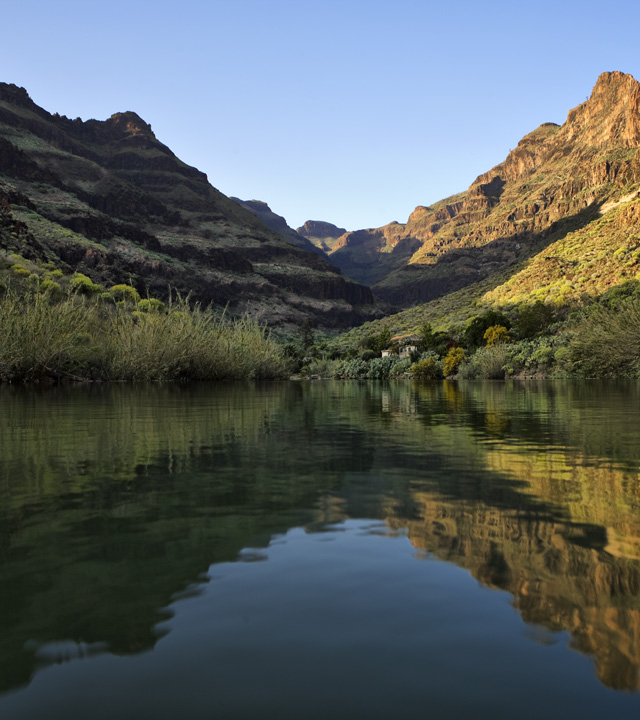
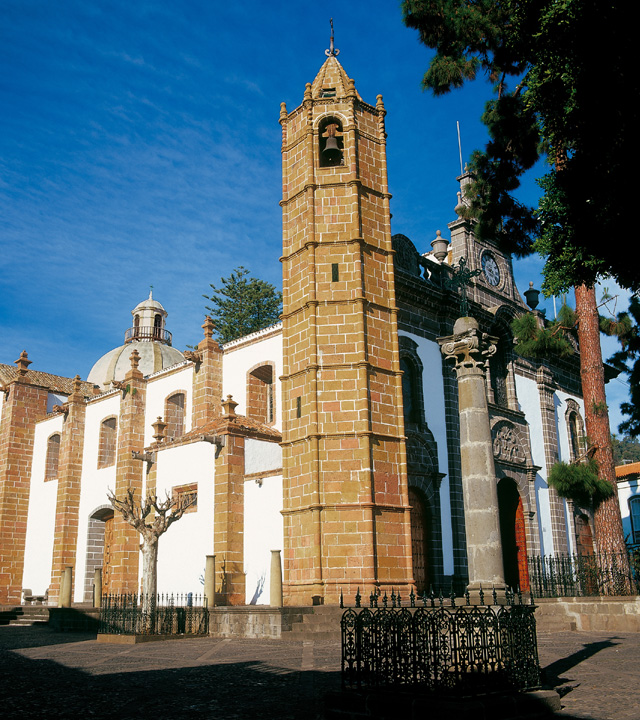
(copy 32)
Yellow symbolizes the Gran Canaria of land, sea and air. Continuing the upstroke that began in the terrestrial depths, our view includes a close-up of another of life’s peculiarities. The yellow broom, an endemic plant, spreads its light throughout the Gran Canaria’s summits and other corners of the island. This plant likes to shelter amongst the pines, forming dense thickets which light up the landscape with yellow flowers.
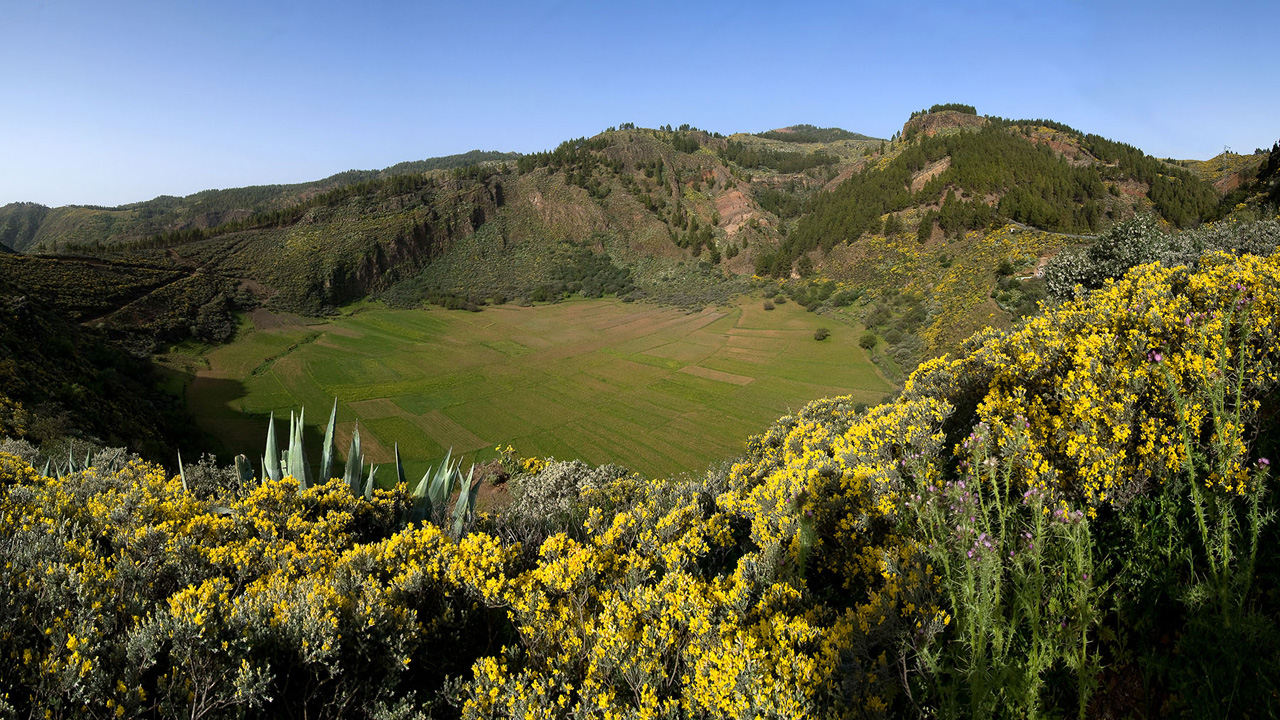
(copy 33)
Yellow has its own flavour in Gran Canaria. The trade winds plays with the ears of wheat and cobs of corn growing in the fields. From these grains, farmers extract gofio; the golden food which defines the island’s cuisine. The Aborigines made this from barley, wheat and beans. Grains brought from the New World after the discovery of America expanded the ingredient range with corn and rye. Today, gofio’s an indispensable part of the island’s diet and culinary tradition, so the golden heart of Gran Canaria throbs whenever someone tries a 'lump' of gofio or scalded gofio broth.
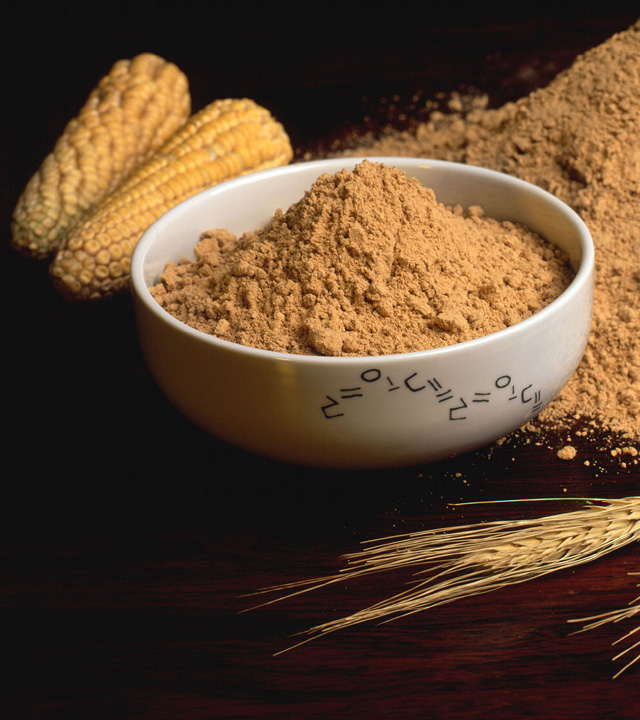
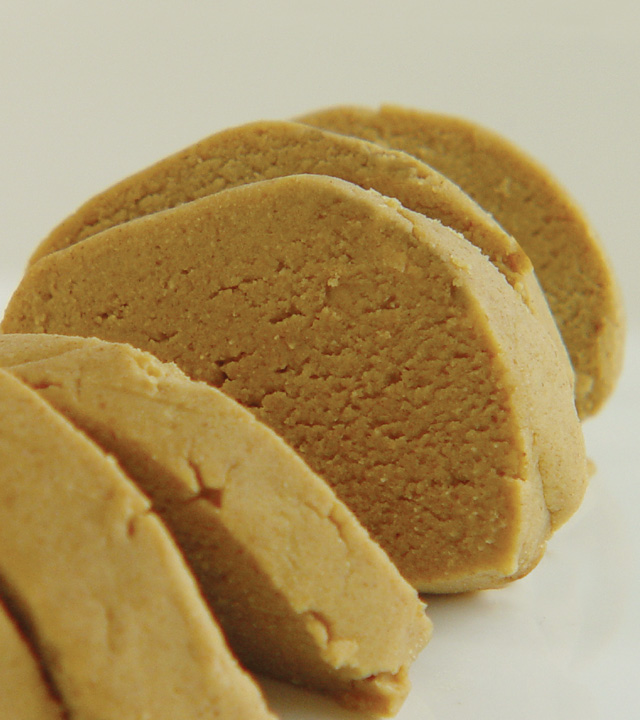
Caldera de los Marteles (copy 34)
We still walk on land, although we need to lift ourselves up a little to see the bananas ripening in the plantations. They’re still green but eventually the skin of one of Gran Canaria’s great treasures will be painted yellow. The story of the banana on the island began in the 19th century, when naturalist and France consul to the Canary Islands, Sabino Berthelot, imported the plant from Cochinchina, in Southeast Asia. The first varieties of plant found here a new and perfect home where they have not stopped writing golden pages.
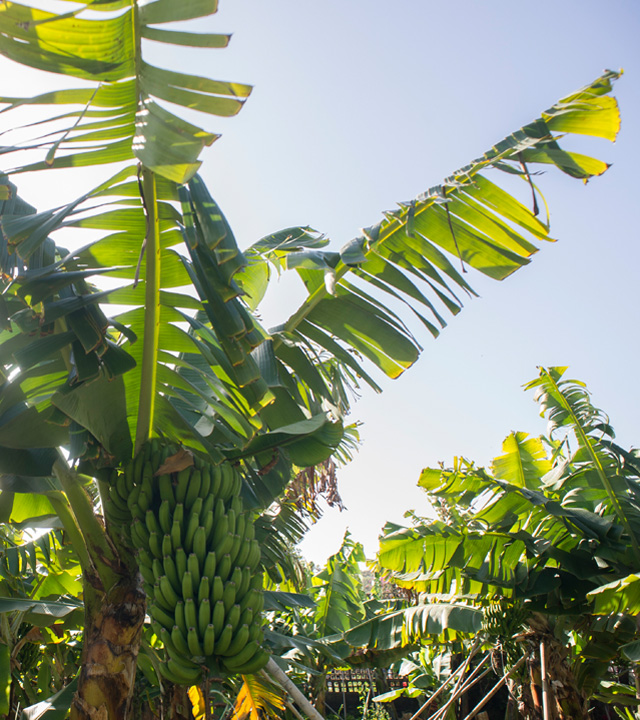
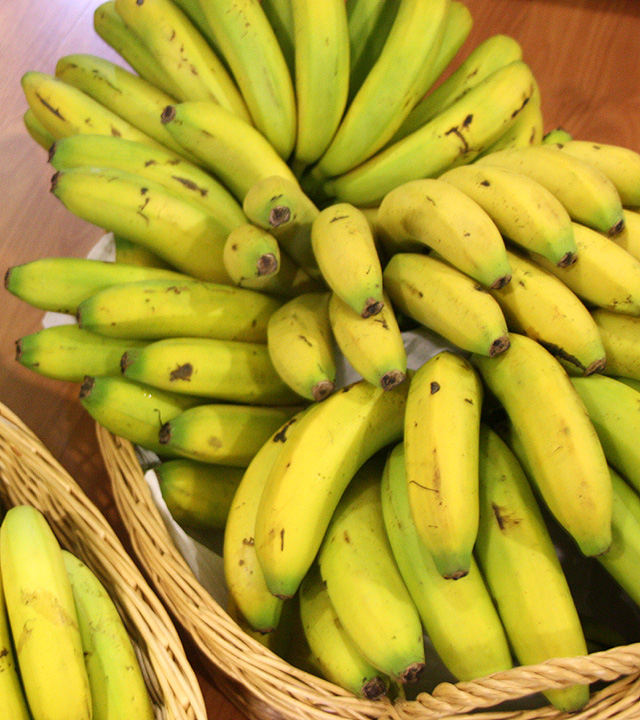
(copy 35)
Yellow also has its particular sound in Gran Canaria. From somewhere close, we hear the twittering of a wild canary whose plumage is also distinctively yellow. Then the bird takes flight and is lost in the thicket. The branches filter the sunlight, the yellow star, the great sun king who makes your acquaintance every day on the island. And here, in the hills and under the perennial sunshine, ends the story that began underground where the heart of Gran Canaria beats golden.
![[Translate to English:] Una familia disfruta de la pesca al atardecer en Gran Canaria [] Una familia disfruta de la pesca al atardecer en Gran Canaria](https://www.grancanaria.com/blog/fileadmin/user_upload/GranCanaria_SolyPesca.jpg)

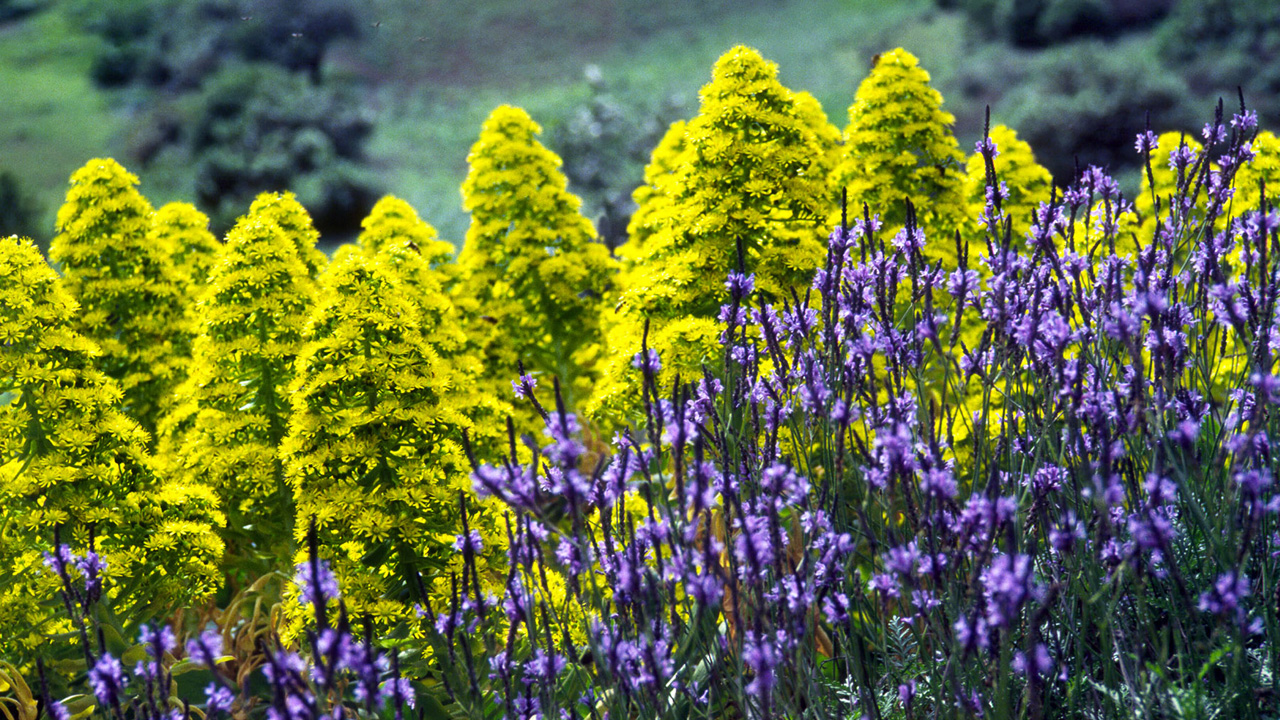
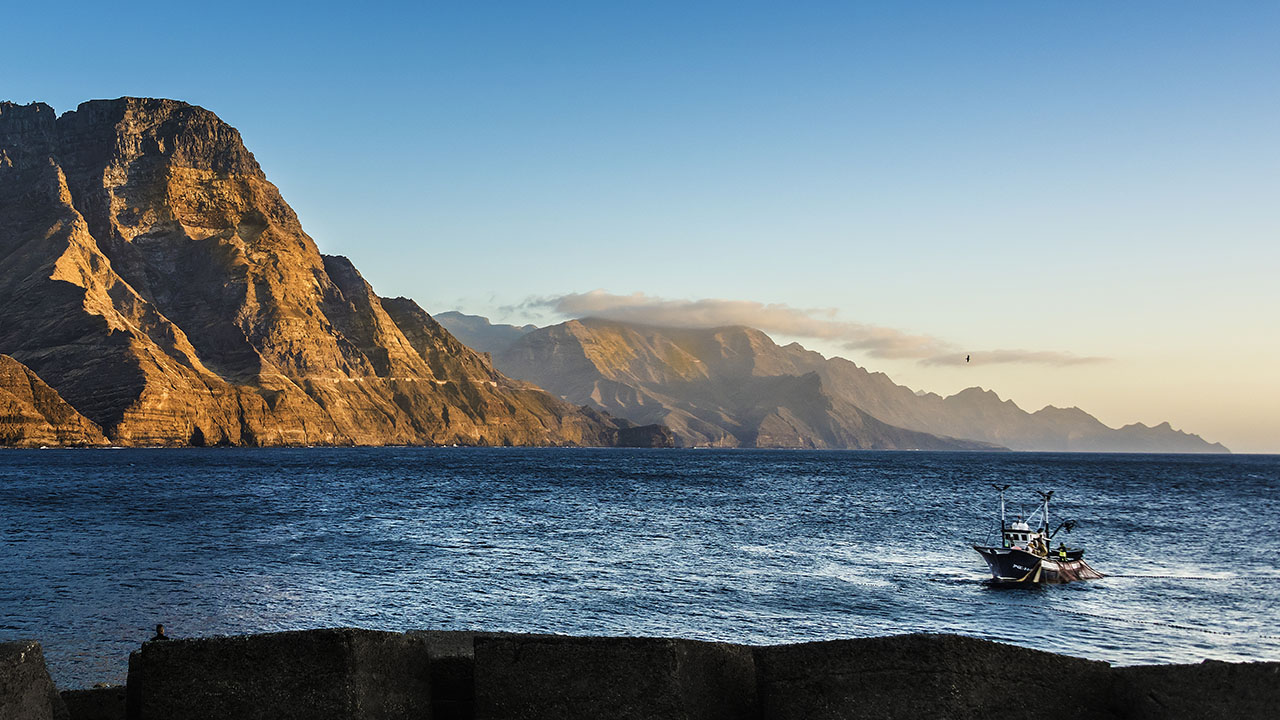
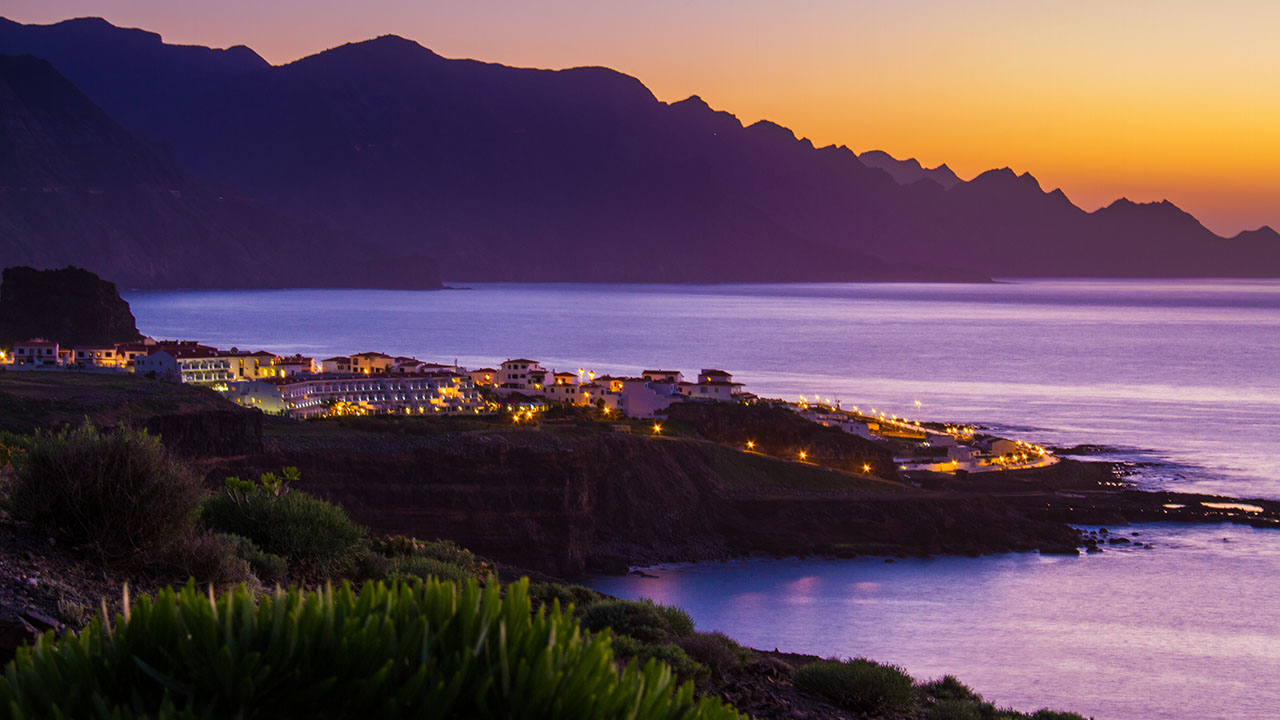
Comments are disabled for this post.